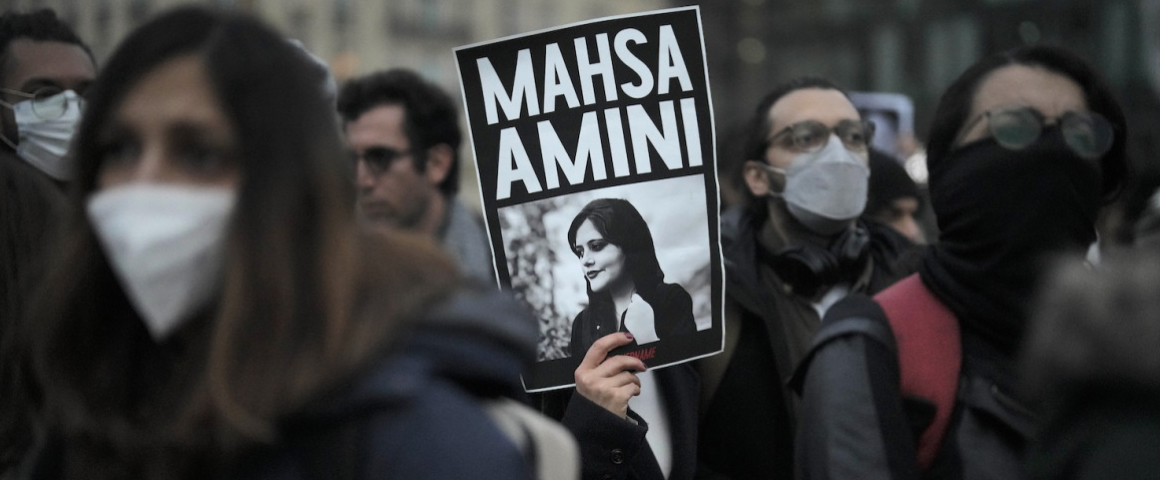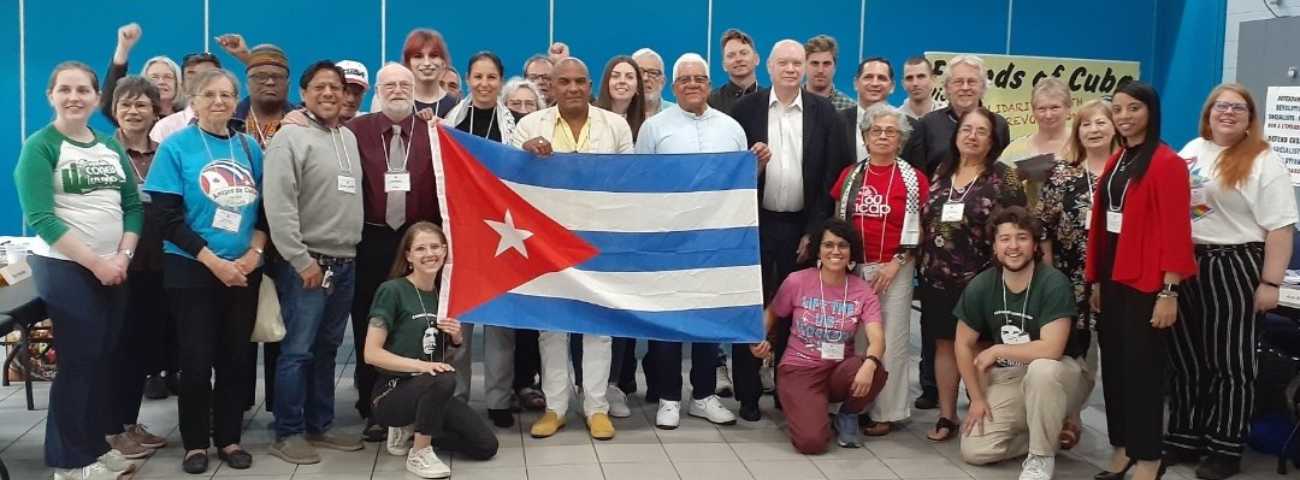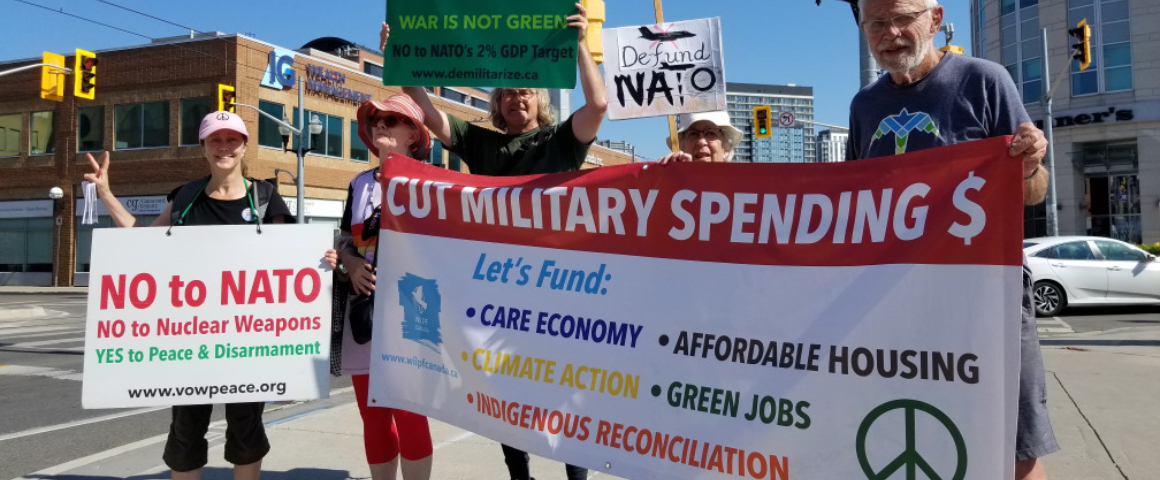By Jane Green
The grip of the theocratic dictatorship which has been in place in Iran since the early 1980s has been tested several times but none more so than in the past week, following the death in custody of Mahsa Amini, for allegedly not following oppressive hijab rules.
Protests are taking place across all 31 provinces in Iran. Demonstrations of opposition to the regime have extended beyond the major cities and into the traditionally more conservative small towns and countryside areas.
The degree of fury outstrips that expressed following the rigged election of 2009 which handed the hardline Mahmoud Ahmadinejad the presidency and spawned the Green Movement.
Recent protests have also surpassed those seen in November 2019, when a unilateral hike in fuel prices triggered angry scenes, leading to over 600 deaths and more than 7,000 arrests as the brutal security forces of the Islamic regime responded with force.
The response to the death of Amini by the women of Iran harks back to the protests in 2017 when videos of women burning the hijab as a symbol of oppression were posted across social media, leading to further recriminations from the regime.
These incidents form a pattern of discontent and disillusionment with the leadership of the Islamic Republic, which has been simmering for some time, but can struggle to find expression through any normal democratic or media channels.
Candidates for election to the Iranian parliament are strictly vetted by the regime, as are presidential candidates. Trade union activity remains underground and illegal in Iran.
The visual and print media are largely state controlled. Even social media and internet access can be restricted through government intervention, as has been seen in the past week.
However, recent events have seen the omnipresence of the regime challenged as protesters find new ways around media restrictions and the means to coordinate protest actions.
The accumulation of pressure upon the regime is also a result of 40 years of human and democratic rights abuses which have seen the arrest and execution of opposition political leaders, the imprisonment of trade union activists, the arrest and harassment of women protesters and student activists, and the use of lethal force against those taking to the streets in opposition to the regime.
Much of the recent outcry against the government in Iran has focused upon corruption, as the regime’s leaders and members of the Islamic Revolution Guards Corps (IRGC) continue to fatten their bank accounts while increasing numbers of Iranians face unemployment and poverty.
Ongoing sanctions imposed by the Western powers to restrict Iran’s ability to manufacture weapons-grade uranium also exacerbate the economic crisis. Iran’s leaders continue to claim that its nuclear program is for purely civilian purposes.
The death of Amini has tapped into a deep well of resentment felt by the women of Iran who are increasingly frustrated by the restrictions imposed upon their economic and social activity by the regime and the lack of protection from domestic abuse.
Women’s and human rights activists have argued for legislation in order to give women some degree of legal protection from domestic violence.
At present Iran’s laws lack the necessary protections against violence toward women and, in many respects, exacerbate the vulnerabilities of women to domestic abuse.
The Civil Code in Iran for example, forbids a woman from leaving the matrimonial home without the husband’s permission unless she is willing to go to court to prove she is endangered.
This leaves Iranian women deeply vulnerable to violence, including marital rape, especially given the requirement of witnesses and the fact that a female witness’s testimony is worth half that of a man’s.
The Civil Code reinforces the rights of men over women in several other ways, stating: “In relations between husband and wife, the position of the head of the family is the exclusive right of the husband.”
The code goes on to say that “if the wife refuses to fulfil the duties of a wife without a legitimate excuse, she will not be entitled to the cost of maintenance.”
The rights of women are further diminished by the code’s assertion that “the wife must stay in the dwelling that the husband allots for her unless such a right is reserved to the wife.”
Iran’s mandatory hijab law, which has been in place since 1981, has been enforced through the so-called “morality police,” a practice which has been challenged by many Iranian women.
In recent years protests have escalated with some women appearing in public without the required headscarf and loose robe. Amini’s family, it must be said, dispute that their daughter was even breaking these rules.
Since 2017, when dozens of women publicly took off their headscarves in a wave of protests, the authorities adopted tougher measures.
With the election of hardline President Ebrahim Raisi in June 2021 enforcement has increased even further and the attitude of the regime towards women in public has become more repressive.
Protests across Iran in the past week have seen 51 reported deaths and widespread arrests. The death of Amini and the repressive attitude of the regime towards women have been the trigger but the slogans being shouted on the streets of Iran are calling for regime change and an end to the theocratic dictatorship of the Islamic clergy.
Such sentiments are ones which have driven the campaigning of the Committee for the Defence of the Iranian People’s Rights (CODIR) for nearly 40 years and it is now more vital than ever that the labour and trade union movement around the world shows solidarity with the people of Iran in their struggle against dictatorship.
It is also vital that the call for regime change in Iran is a call for the people of Iran to lead and determine that change in its every dimension.
The United States, Israel and Saudi Arabia have all, individually and collectively, expressed their desire to see the end of the Islamic Republic and the threat of external intervention has been a very real one for many years.
However, such an approach has resulted in catastrophe in Iraq, Libya, Syria and Afghanistan and will be of no benefit to the people of Iran or the wider Middle East.
Solidarity with the Iranian people should be just that, with the people of Iran having the opportunity to determine a future based upon peace, democracy, human and democratic rights, and social justice.
Jane Green is Campaign Officer of CODIR.
Get People’s Voice delivered to your door or inbox!
If you found this article useful, please consider subscribing to People’s Voice.
We are 100% reader-supported, with no corporate or government funding.




